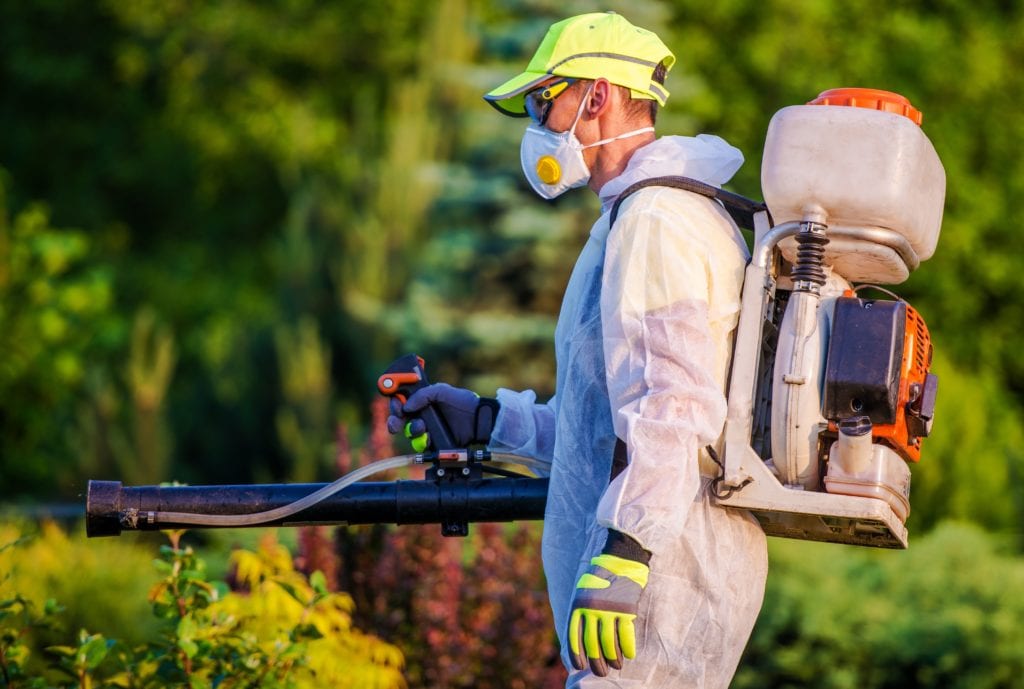Trusted Pest Control Washington DC: Secure Your Home and Business!
Wiki Article
Specialist Pest Control Techniques for Long-Term Outcomes
Professional pest control techniques envelop a detailed method that starts with a comprehensive assessment and assessment, adhered to by specific insect identification to understand their behavior patterns. The implementation of Integrated Pest Management (IPM) principles, coupled with eco-conscious treatments, forms the foundation of lasting parasite removal.Examination and Analysis
Upon entering a residential property for parasite control services, the initial action is an extensive assessment and evaluation to identify the degree of the infestation and determine one of the most effective therapy plan. Specialist parasite control specialists are trained to thoroughly analyze the premises, searching for indicators of pest activity such as droppings, chomp marks, nests, or any kind of structural damages. They will certainly likewise assess the problems that might be attracting parasites, such as food resources, water leakages, or entrance points.
Pest Recognition and Actions

In addition, understanding the behavior of the recognized insect is key to carrying out effective control actions. Understanding where pests nest, what they feed on, and their task patterns can assist pest control specialists design methods to remove them successfully. Some parasites might be nighttime, while others are extra active throughout the day. This understanding permits the application of therapies at optimal times for optimum performance.
Integrated Bug Administration (IPM)
Integrated Pest Management (IPM) strategies combine multiple methods to control and protect against parasite problems in a sustainable and eco-friendly manner. bed bug heat treatment. By incorporating techniques such as biological control, habitat adjustment, alteration of social methods, and the use of immune ranges, IPM aims to lessen the use of chemical pesticidesAmong the essential concepts of IPM is the emphasis on prevention. This positive method involves surveillance insect populations regularly to discover any type of possible issues prior to they rise. By recognizing pest problems beforehand, pest control steps can be applied quickly and effectively.
Moreover, IPM advertises making use of safe pest control techniques whenever possible. This can include employing all-natural predators of the insects, introducing useful pests, or using scents to interfere with my site breeding patterns. By lowering reliance on chemical pesticides, IPM not only protects the atmosphere however additionally assists preserve an equilibrium in the environment.
Environmentally-Friendly Therapies
Implementing eco-conscious strategies in insect control treatments can effectively deal with problems while focusing on environmental sustainability. Environmentally-friendly treatments concentrate on decreasing the influence of insect control methods on ecosystems, non-target organisms, and human wellness.Another trick element of environmentally-friendly treatments is making use of organic and biodegradable items that damage down swiftly without leaving dangerous residues in the setting. Agricultural insecticides stemmed from plants like chrysanthemums or neem use effective parasite control while posing marginal risk to non-target species. Utilizing techniques like heat therapies or scent traps can target particular pests with accuracy, minimizing the overall ecological effect of bug control techniques.
Ongoing Monitoring and Upkeep
Normal evaluations by qualified specialists are required to recognize any indications of bug task, evaluate the efficiency of previous treatments, and make changes to the insect control strategy as required. By monitoring bug populations over time, parasite control specialists can track fads, anticipate prospective issues, and apply precautionary measures to reduce the threat of future infestations.
Along with tracking, upkeep techniques are essential for long-term insect control success. This includes implementing appropriate sanitation actions to eliminate prospective food and water sources for parasites, securing off entrance factors to avoid parasites from home roach control getting in the premises, and dealing with any kind of architectural issues that might help with pest problems (bed bug treatment). By including continuous surveillance and maintenance into an integrated bug management strategy, businesses can guarantee a pest-free atmosphere and click resources safeguard their residential property against costly damages and wellness risks
Conclusion
Finally, making use of specialist pest control strategies such as complete assessment and evaluation, precise bug recognition and understanding of their behavior, incorporated pest administration methods, environmentally-friendly treatments, and continuous monitoring and maintenance are crucial for achieving long-term outcomes in parasite control. By implementing these methods, people can properly manage parasite invasions and keep a pest-free atmosphere in a sustainable fashion.Report this wiki page